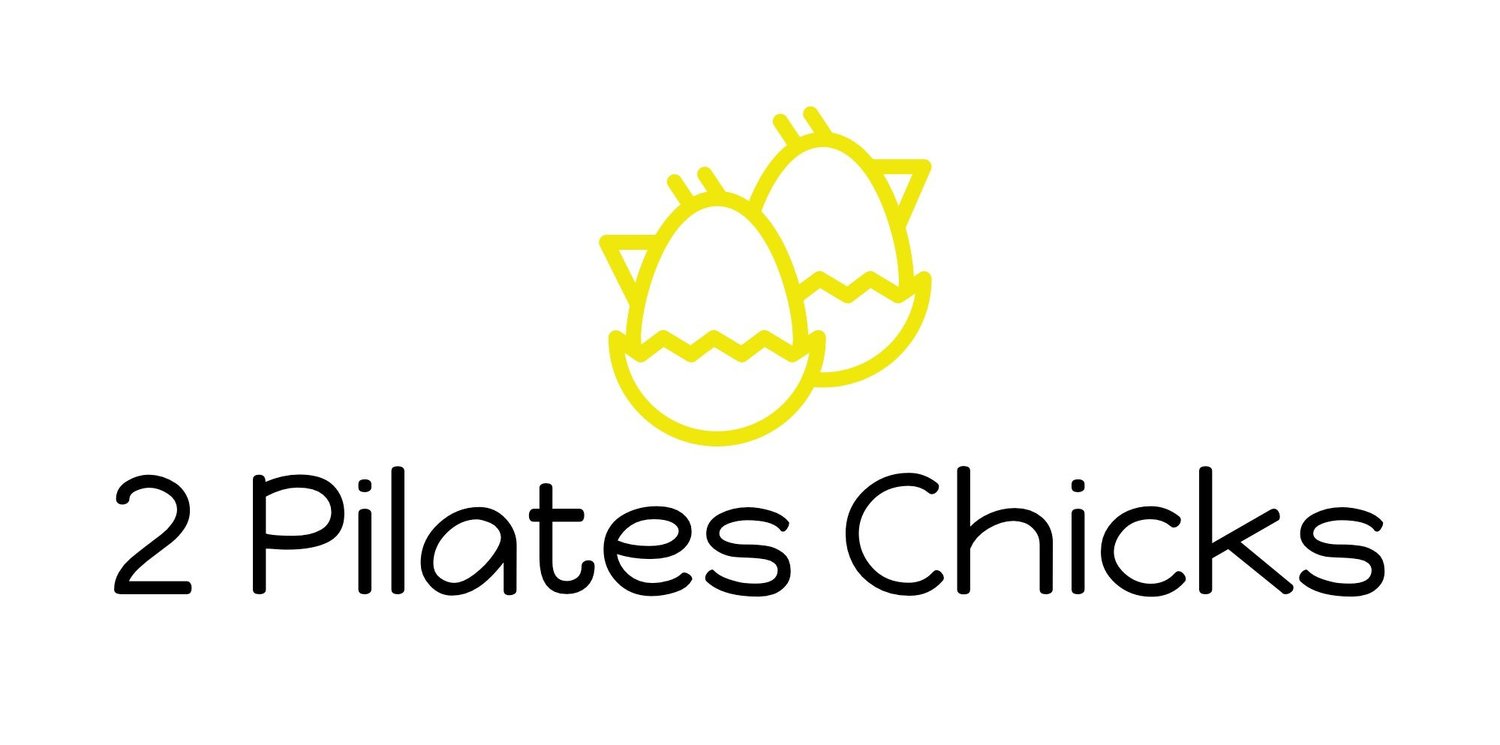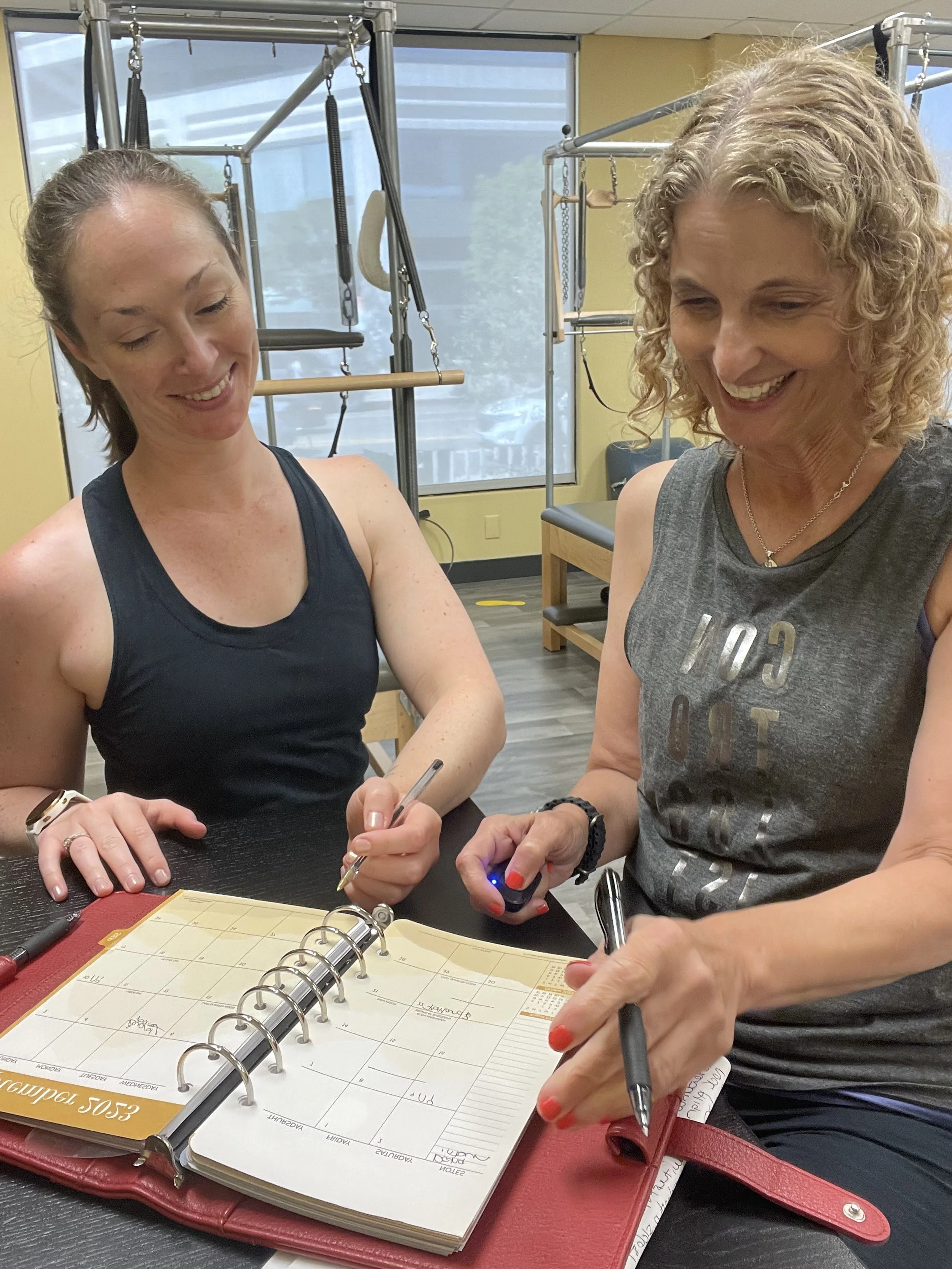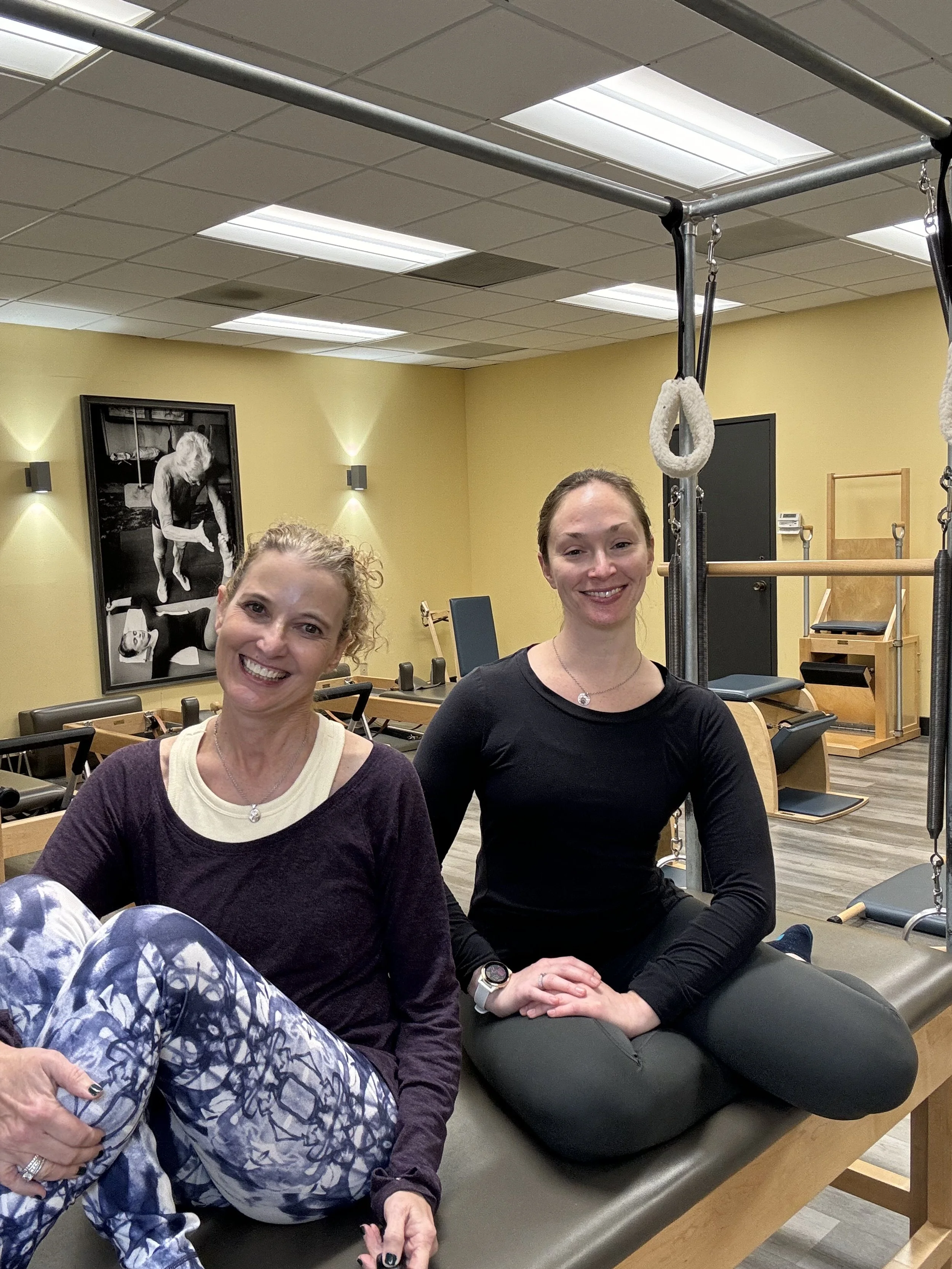How do you present a Pilates positive teaching session for your client?
How do we stay positive in the studio? What happens when issues arise in our personal lives and we are not in a positive or centered place? How can we go into the studio and present a positive teaching environment for our clients while dealing with uncomfortable issues outside the studio?
Teaching Pilates is all about giving, supporting, and guiding our clients in their movement each session. Clients come to Pilates to feel better, to be taken care of, for inspiration, motivation, and confidence, and to leave feeling better than when they walked in. Providing high-quality, personalized, and valuable sessions can take a lot of energy and concentration, which can be challenging when we're simultaneously dealing with stressors outside of the studio.
In our podcast S4E 12 “Staying Positive in Teaching Amidst Turbulence”, we discuss how we stay positive in the studio when issues arise in our lives outside the studio. When we're teaching alongside the normal irritations of everyday life or more serious life issues such as caring for someone through a long-term illness, we must balance business and self-care to maintain a professional teaching environment for our clients while maintaining a healthy environment for ourselves.
There's a big difference in how to manage our energy if we're dealing with smaller, daily annoyances versus if we're involved with long-term stressors of caregiving, financial concerns, or health issues. When we're simply annoyed at traffic or a recent disagreement, it may be more feasible to simply take a deep breath and walk into the studio leaving the issues at the door. In these situations, we can use the studio as our haven away from our outside stressors, focusing on something else. Sometimes pretending everything is ok can help reset, where we can momentarily shift our focus and find solace in the work itself.
Positivity isn't synonymous with superficial cheerfulness. Attempting to maintain positivity in the studio isn't asking for unrealistic expectations. It is simply a practice of maintaining a professional environment where we can connect with our clients, show up for them in the ways they need, and focus on the session even when we might be dealing with other issues as well. When this balance becomes unmanageable or feels unsustainable, that's when we need to take a step back for ourselves.
When we take care of ourselves we're better able to show up for our clients. We want to find a healthy balance between realism and optimism, not acting "fake happy", but also not dumping on our clients or ruminating throughout the day.
Sometimes getting lost in our work is a helpful distraction, and while it can be helpful to pretend we're happy for our clients, it's not always possible to ignore it. It's essential to acknowledge that life's weight isn't always easy to leave outside the studio. There are times when personal struggles seep into our teaching environment.
Our career involves giving a lot of constant energy to others and caring for clients, so it's not realistic to expect ourselves to always stay positive and keep our energy up for everyone else. Acknowledging when that's the case is the key to being able to balance what we need for ourselves to then be able to show up for others as well. We can love teaching while also at times feeling overwhelmed, fatigued, or irritated and in need of time off.
It is important to schedule space for ourselves to feel grounded and reset.
If a client cancels, maybe we don't refill the free slot that particular week with another client. Taking an afternoon off, or giving ourselves a free day to not think about teaching at all can be immeasurably beneficial. We don't need to use our free time to plan or catch up on work, simply give ourselves the space to do whatever we need to rejuvenate.
The 3 major stressors in life are dealing with illness, death, or divorce. Simultaneously pushing through a normal routine at the studio while trying to stay positive through major life stressors can put the mind and body into overdrive and possibly impact health and the nervous system over time. Knowing when to step away and take time off or lessen the weekly client load is important.
Sometimes a need for a break in the routine doesn't even correspond with serious or stressful situations. Sometimes we simply need a break, or maybe we deal with depression or struggle for other unknown reasons. If we can't be fully present for the client, is it valuable for the client or is it even worth it for us to be there? This is when we like to remind ourselves to put on our own oxygen mask first before helping others with theirs.
Sometimes we need to take a step back from teaching for a short time, however, sometimes maintaining our normal routine can feel comfortable, creating a sense of normalcy when dealing with a lot of anxiety around the unusual, such as during the covid lockdown. Continuing to teach virtual sessions during that time provided a sense of normalcy for ourselves and our clients, and created a routine to feel structured among chaos and uncertainty outside.
Everyone has to figure out for themselves what they need and what their capacity is in various situations. When going through grief or a long stressful process we need to allow ourselves to move through the process and understand that at different times what we need may change. Within it all how we feel capable of showing up for clients may change as well.
What we provide our clients is a gift. As they move through their stressors and difficult times we provide comfort, routine, and support. We have an amazing profession in which we share space with someone, often multiple hours a week, for many years, offering them a safe and personal space. If our clients feel that they can share with us when their issues arise, that means we're doing a great job as teachers, because clients feel safe, supported, and comfortable with us in the studio.
The most important thing is knowing when it's okay to take a step back and when to push through. Taking time off or feeling burnt out doesn't mean we're not good at what we do, or that we don't like teaching Pilates. We can love what we do and still need to take time away. Doing what we need for ourselves only enhances our ability to be available for our clients when we return.
Sometimes when focusing deeply on teaching sessions, the concentration and flow of teaching can create a distraction from all the "stuff", almost like a mindfulness practice. Sometimes just teaching in our routine can help get us back into a positive space. But sometimes, we need that time away.
Balancing our self-care with the care we extend to our clients is a continual journey, punctuated by the wisdom to discern when self-renewal is essential.
Take the time when needed. Clients will understand.
It's life.
The top 10 mental health tips for teachers include:
Mindfulness and breathing practices
Scheduling our own weekly Pilates and exercise sessions
Spending time outside walking, biking, hiking, or sitting
Getting enough sleep, hydration, and nutrition
Spending some quiet time alone reading, watching tv, or any other calming activity
Maintaining a teaching load that is manageable and not overscheduled
Connecting to a community whether that's with friends, family, or an organized group
Journaling thoughts and stressors in a private notebook
Talking openly and sharing, but refraining from constant rumination
Speaking with a licensed professional therapist, counselor, or psychiatrist





